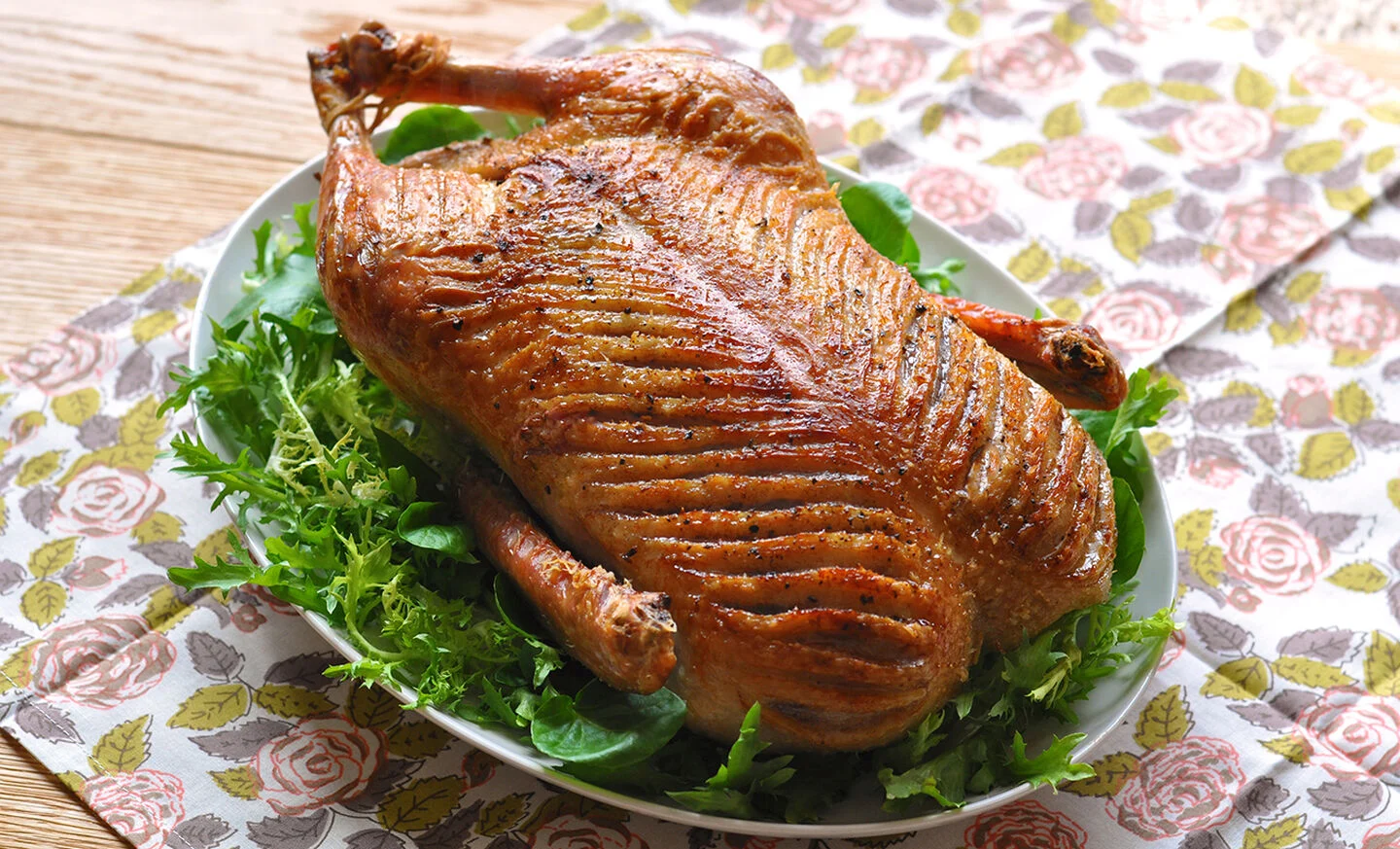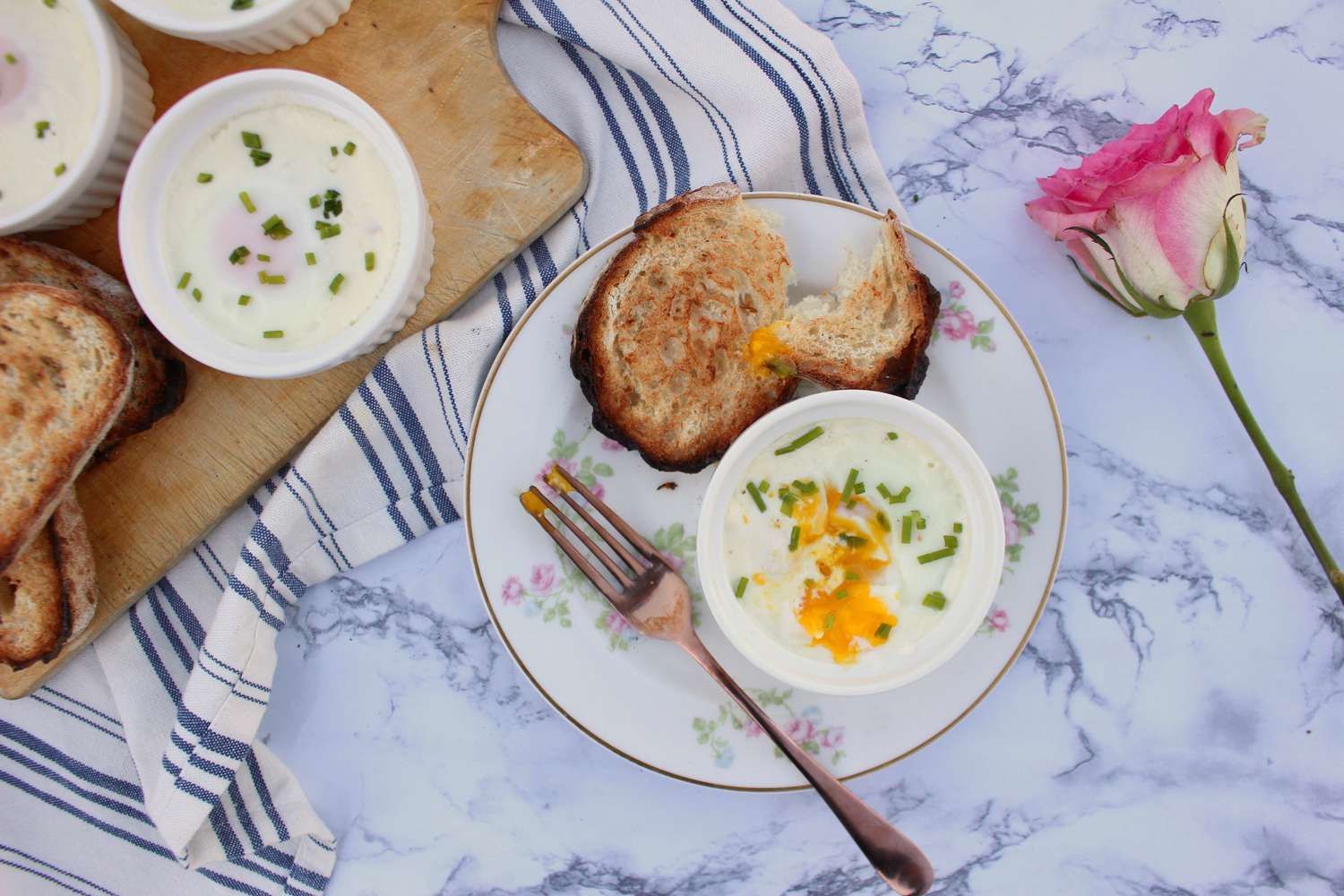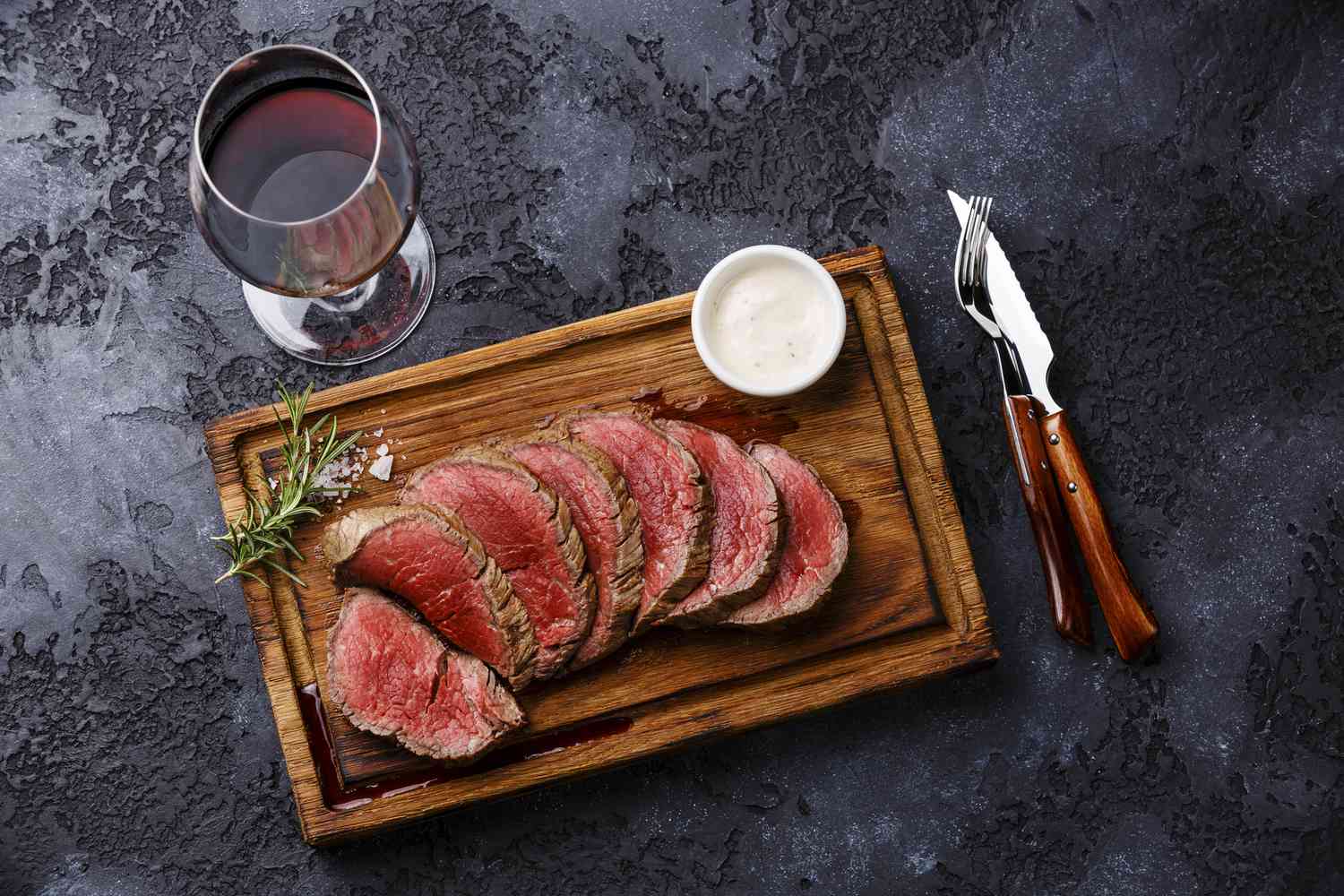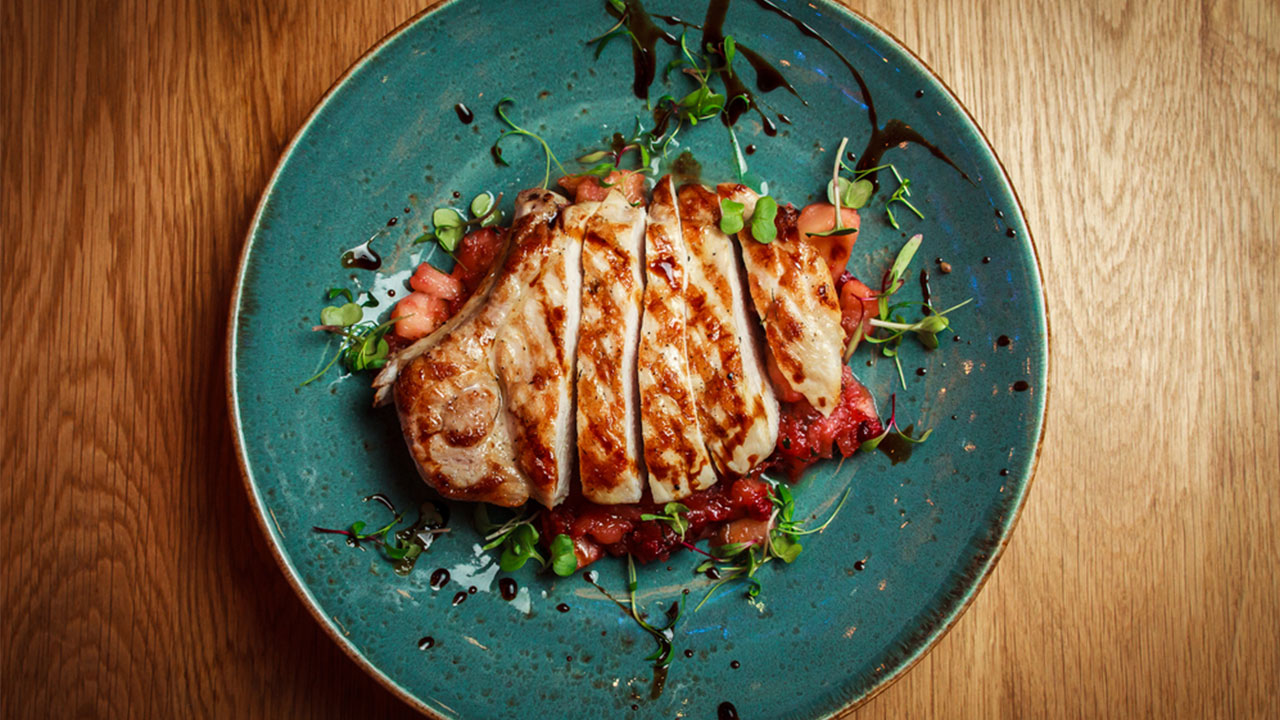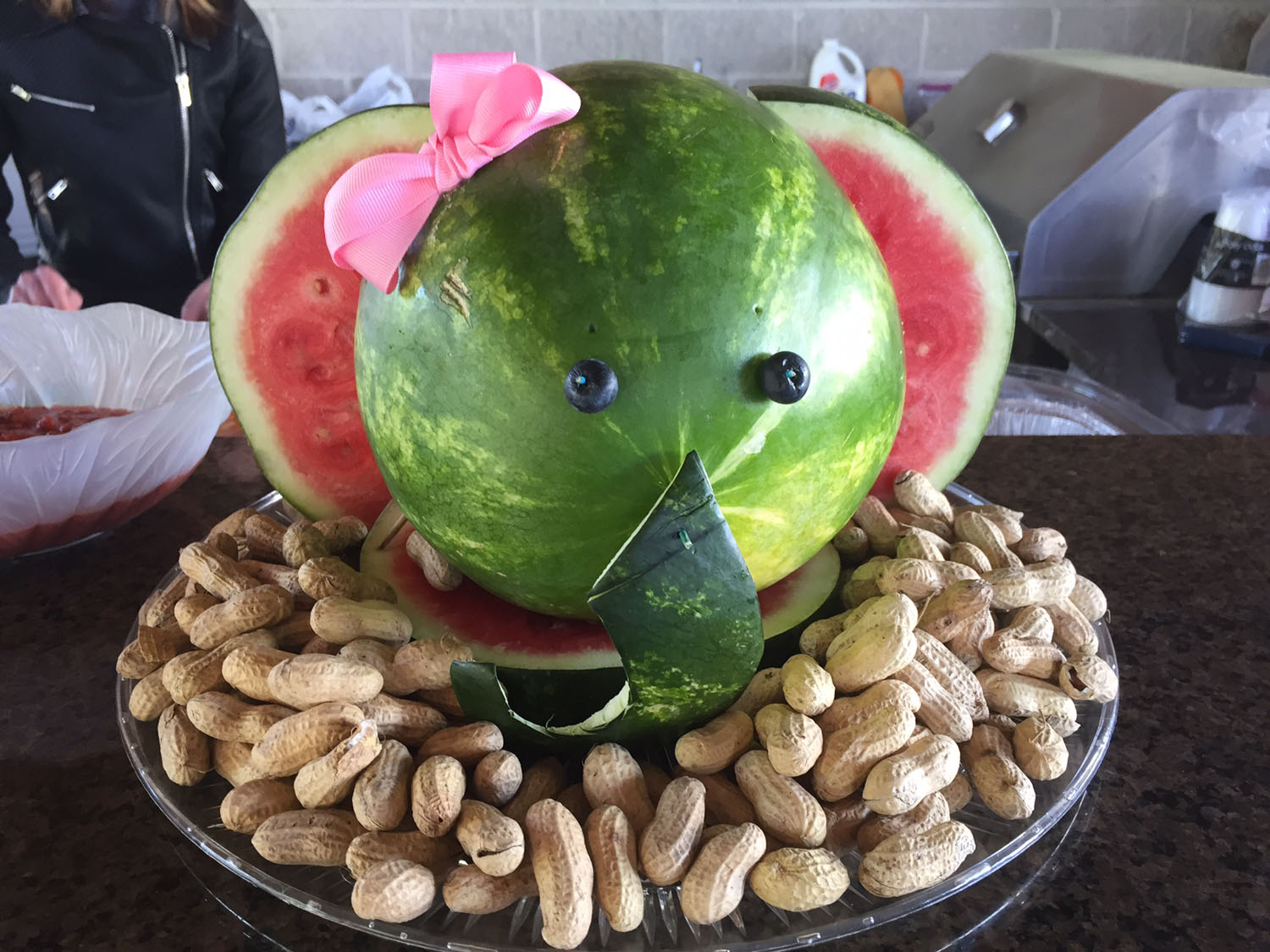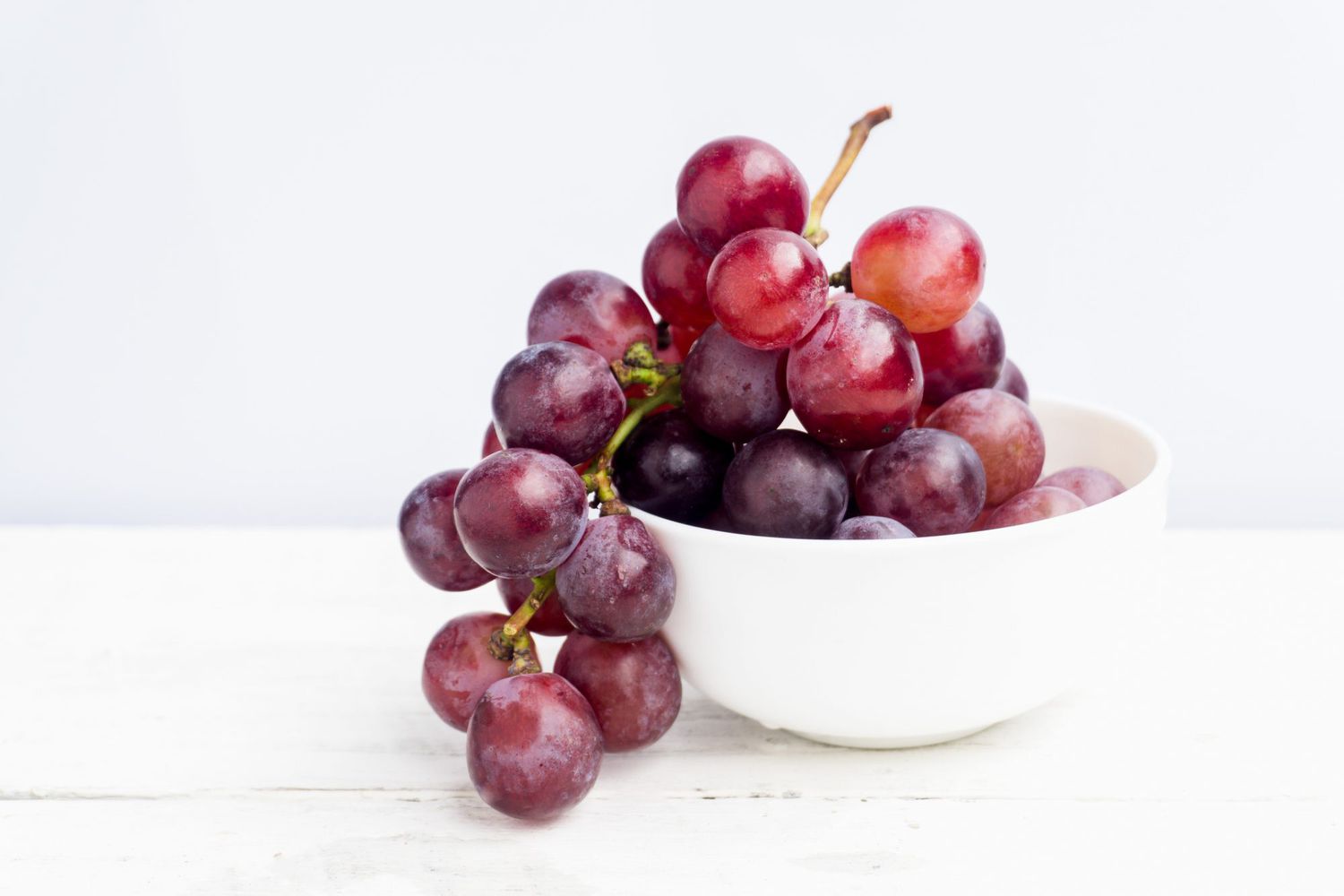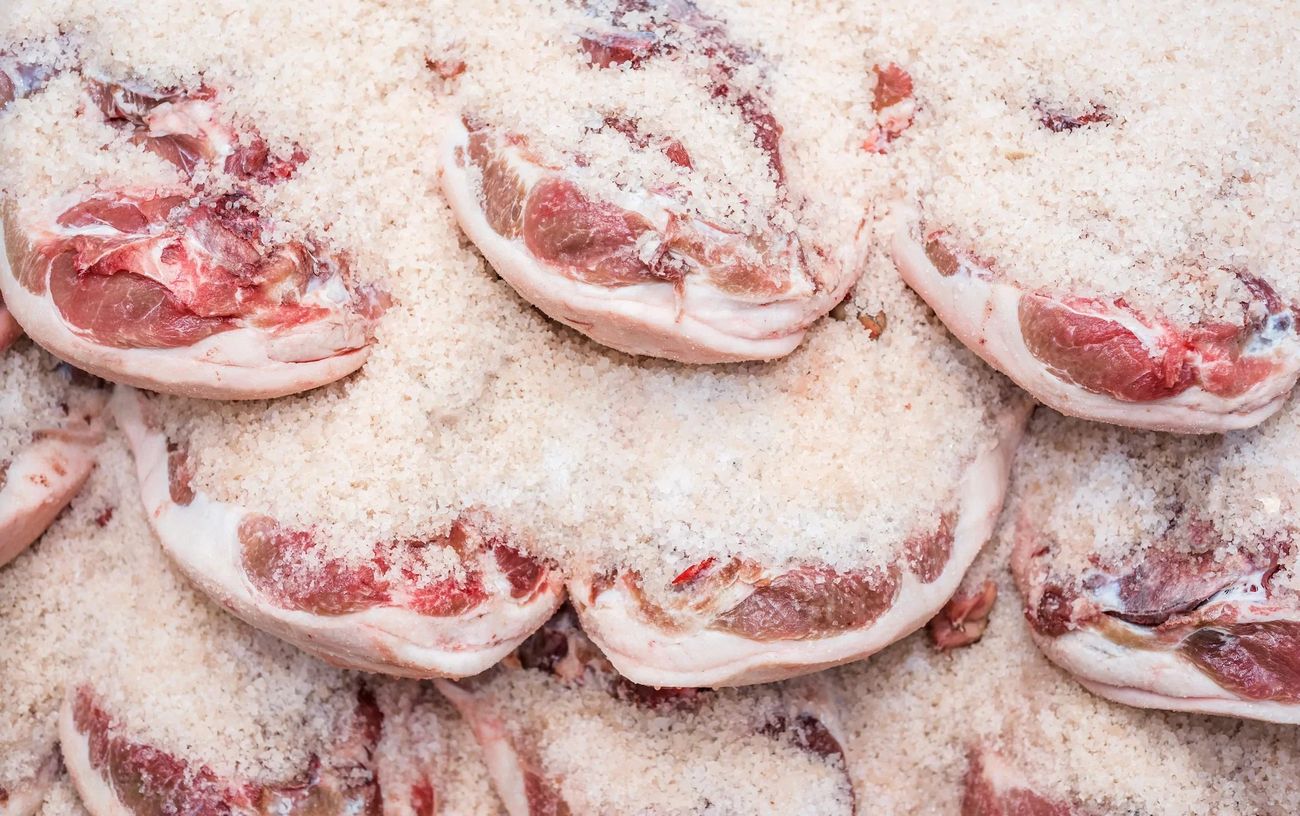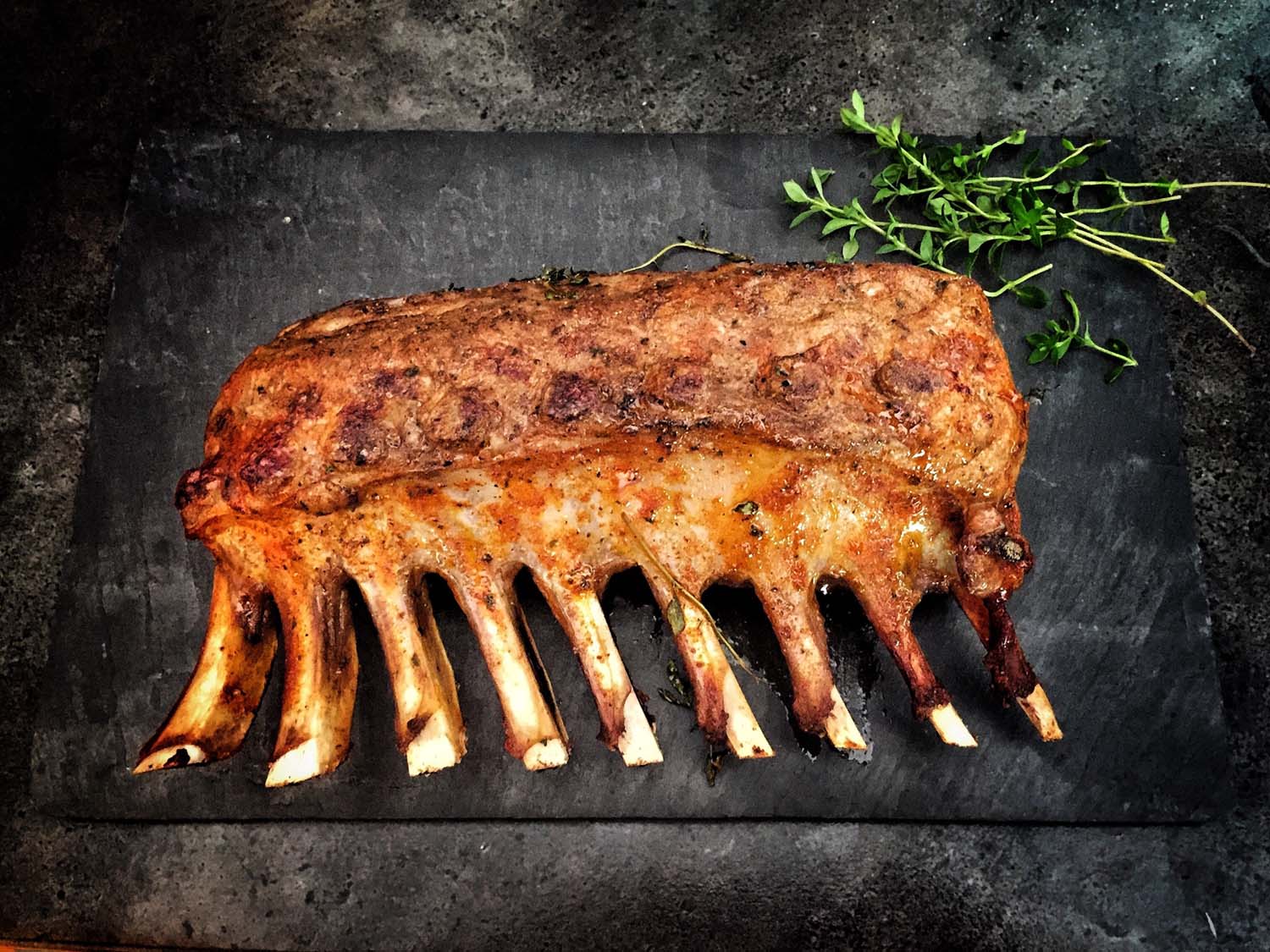How to Glaze Vegetables: A Step-By-Step Guide
Are you tired of the same old boring vegetables? Want to add a touch of sweetness and a beautiful glazed finish to your veggies? Look no further! In this step-by-step guide, we will show you how to perfectly glaze your vegetables, transforming them into a mouthwatering delight. Let’s get started!
Step 1: Choose your vegetables
The first step in glazing vegetables is selecting the right ones. Opt for colorful, firm vegetables like carrots, Brussels sprouts, and parsnips. These vegetables work great for glazing due to their natural sweetness and sturdy texture.
Step 2: Prepare the glaze
Now it’s time to prepare the glaze that will give your vegetables that irresistible sheen. In a saucepan, combine equal parts of honey or maple syrup, butter, and a pinch of salt. You can also add a splash of balsamic vinegar or soy sauce for a tangy twist. Cook the mixture over medium heat until everything is melted and well combined.
Step 3: Preheat your oven
While your glaze is simmering away, preheat your oven to 400°F (200°C). This will ensure that your vegetables cook evenly and achieve that perfect glaze.
Step 4: Prepare your vegetables
Cut your vegetables into bite-sized pieces or leave them whole if they are small enough. Ensure that they are evenly sized to ensure consistent cooking. Place the vegetables in a single layer on a baking sheet lined with parchment paper, making sure they have enough room to caramelize and develop that beautiful glazed exterior.
Step 5: Glaze your vegetables
Using a pastry brush or a spoon, generously coat your vegetables with the glaze you prepared earlier. Make sure to coat each vegetable piece thoroughly to get that delicious flavor in every bite.
Step 6: Bake your vegetables
Pop the baking sheet into the preheated oven and let the magic happen! Bake your vegetables for about 20-30 minutes or until they are tender and the glaze has caramelized. Keep an eye on them to prevent burning.
Step 7: Serve and enjoy!
Once your vegetables are beautifully glazed and tender, remove them from the oven. Transfer them to a serving dish and sprinkle some freshly chopped herbs, such as parsley or thyme, for an extra burst of flavor and color. Serve your glazed vegetables as a side dish alongside your favorite protein or enjoy them as a delicious vegetarian main course. The choice is yours!
Now that you know how to glaze vegetables, you can elevate your culinary skills and impress your family and friends with this simple yet impressive technique. So go ahead, try this step-by-step guide, and turn your ordinary vegetables into extraordinary delights!
Was this page helpful?
Read Next: How To Chill Wine Fast
